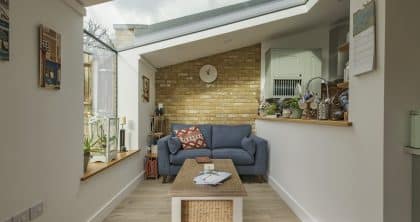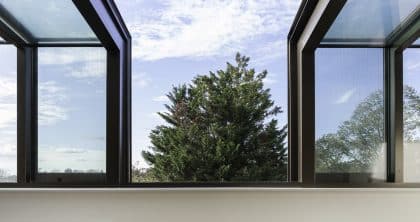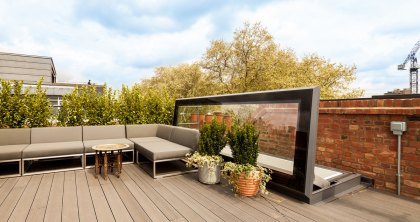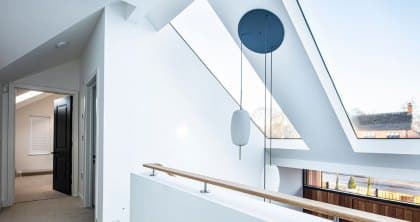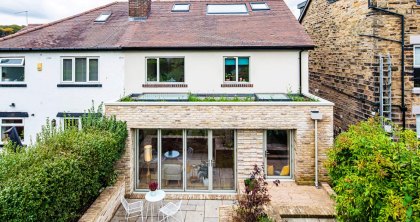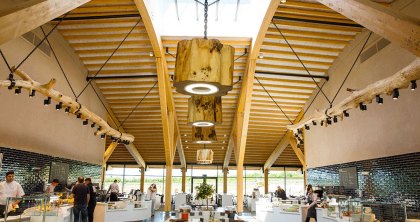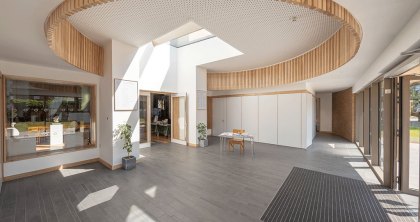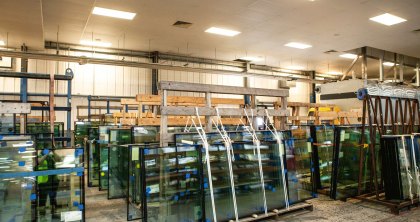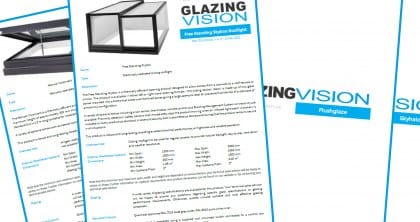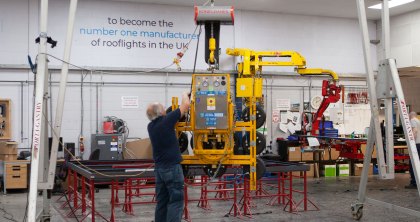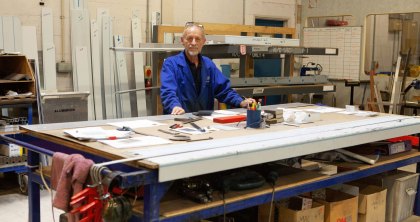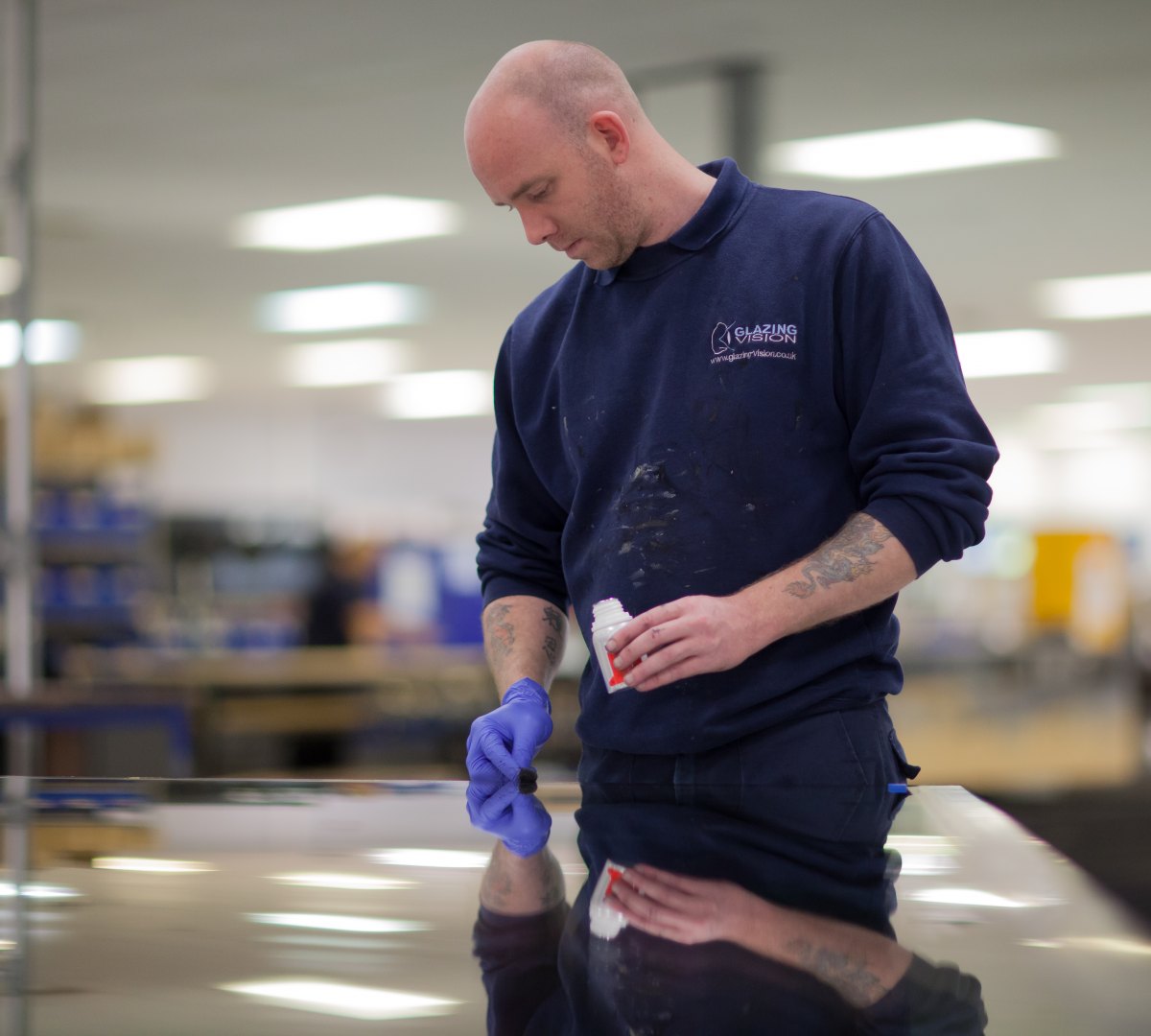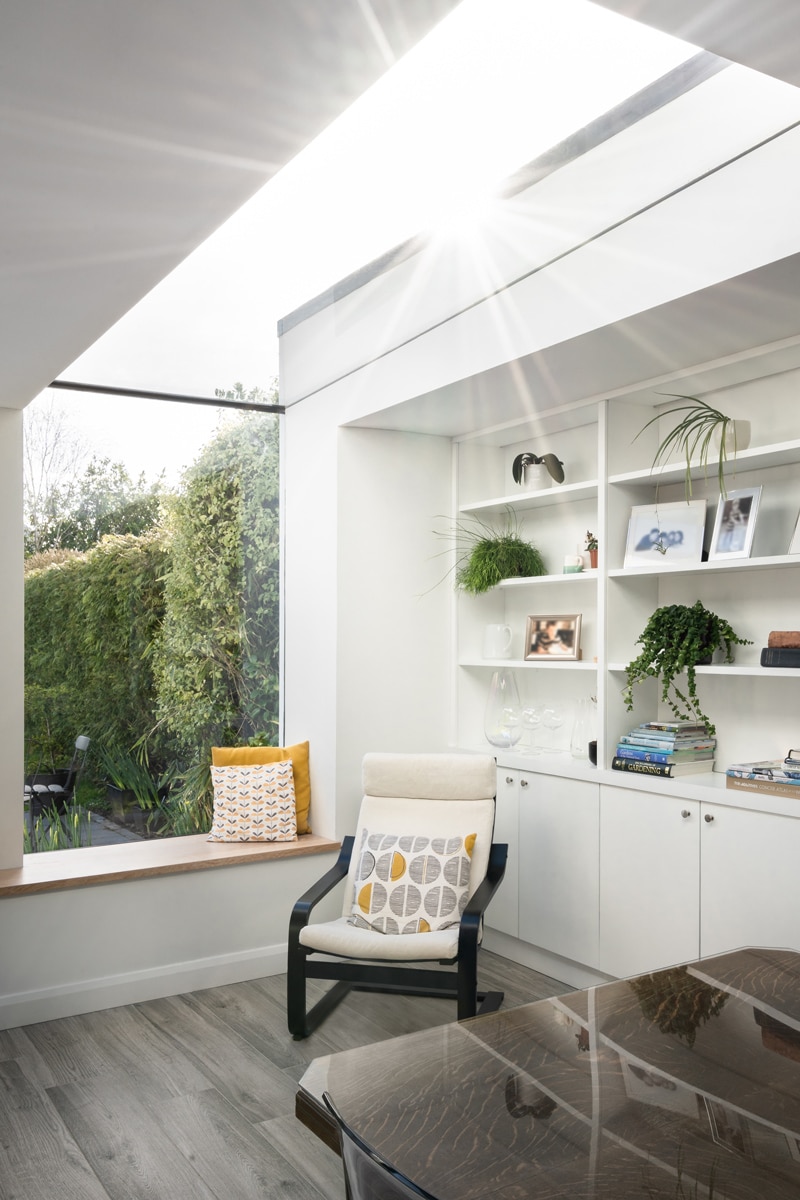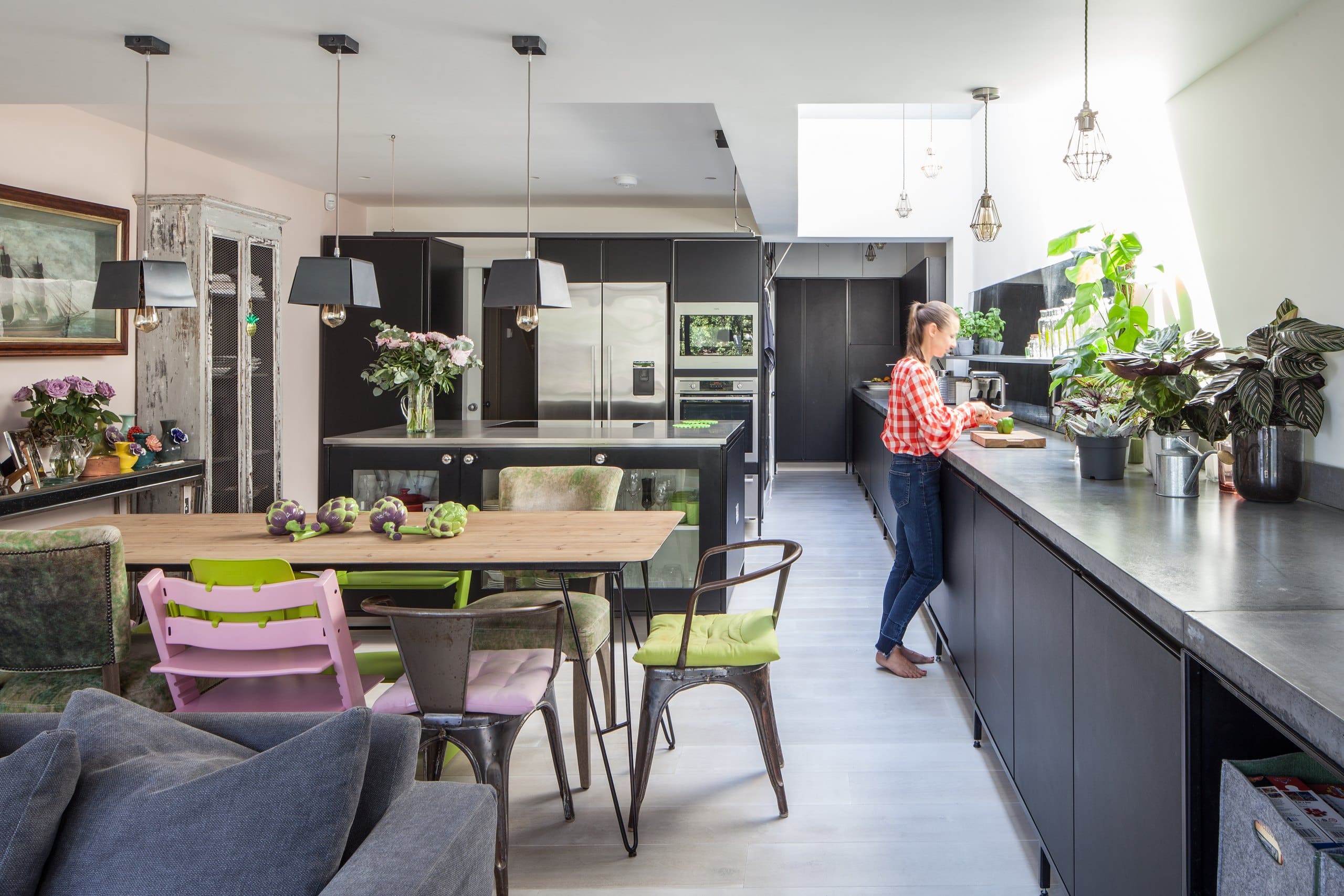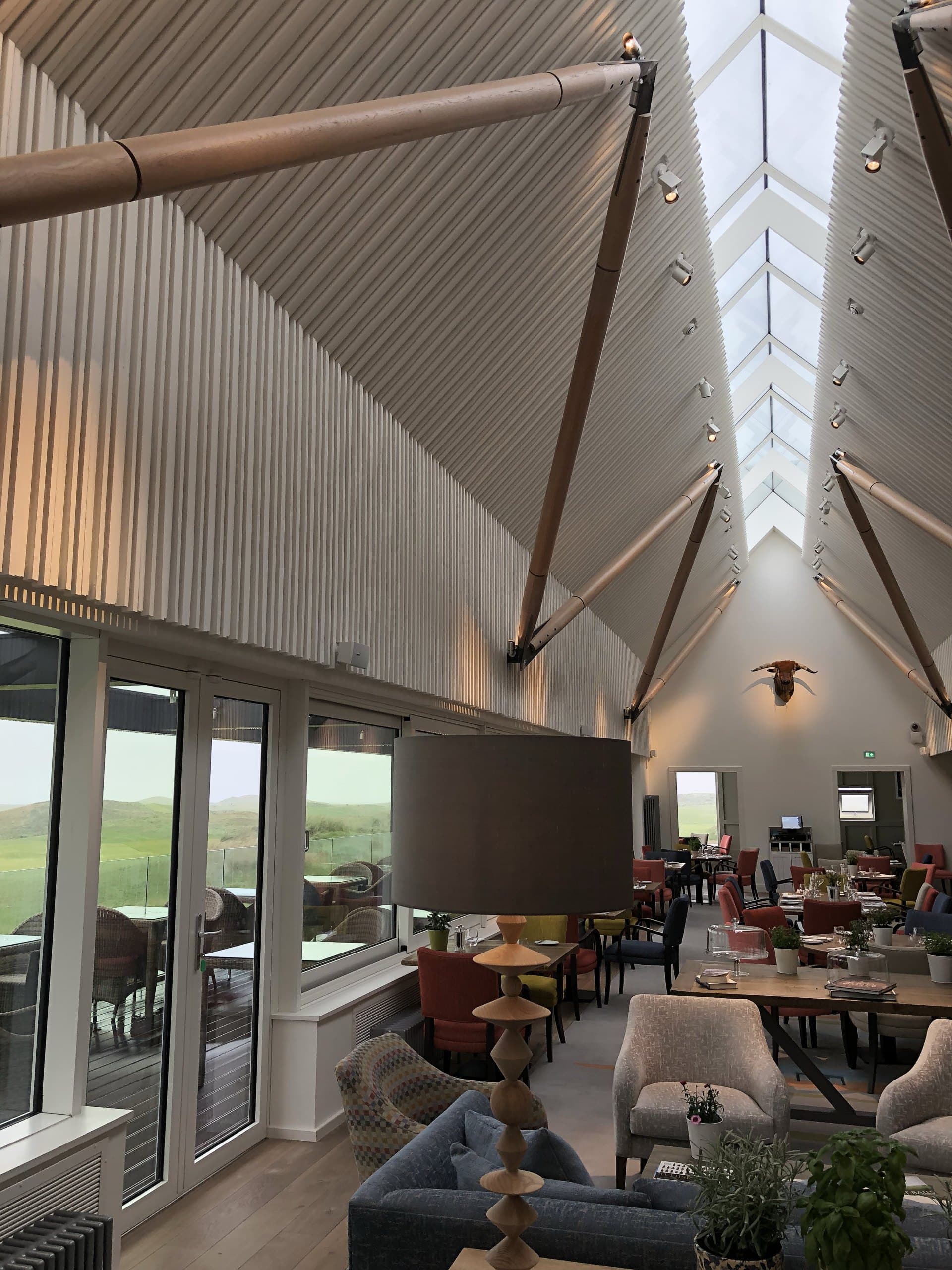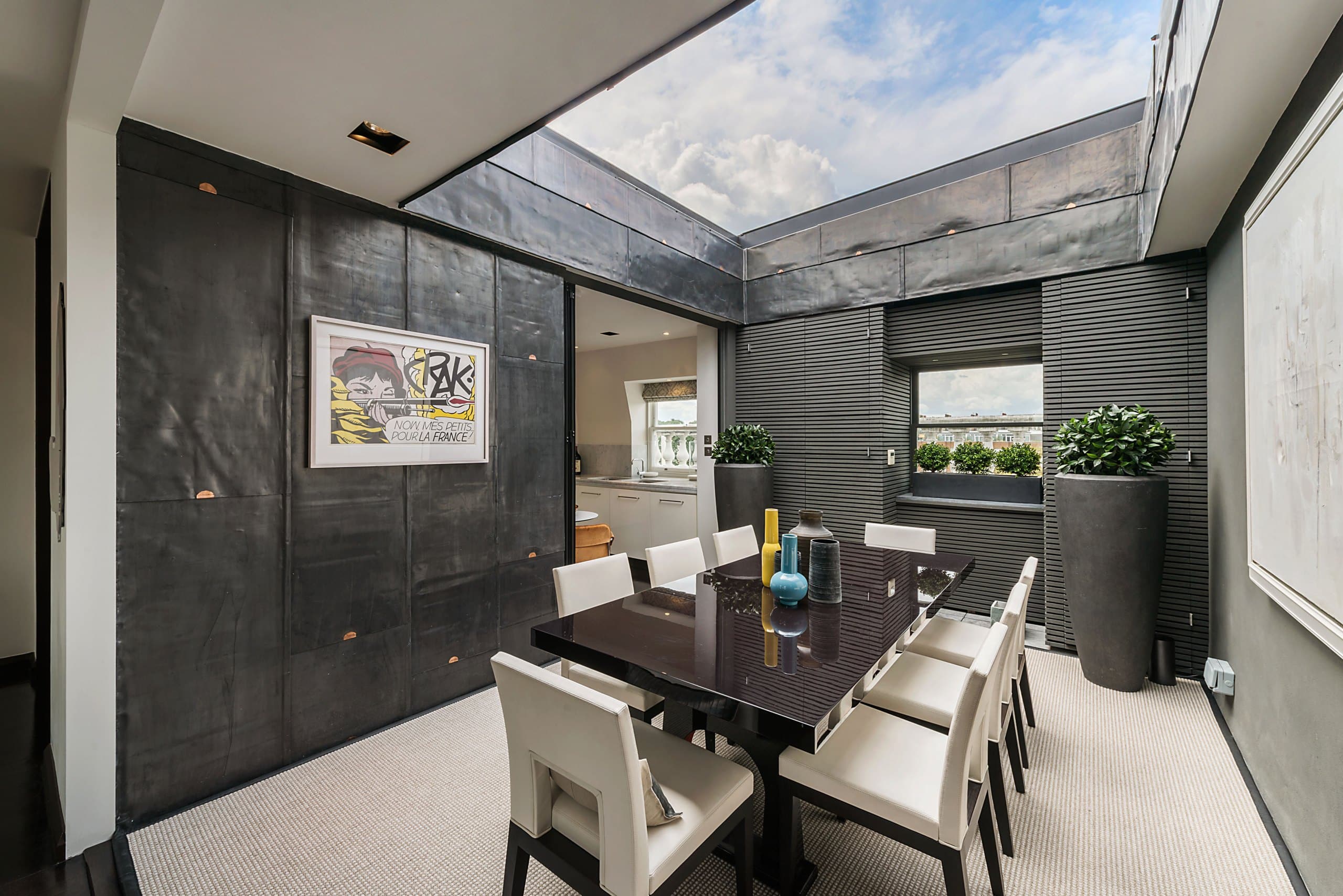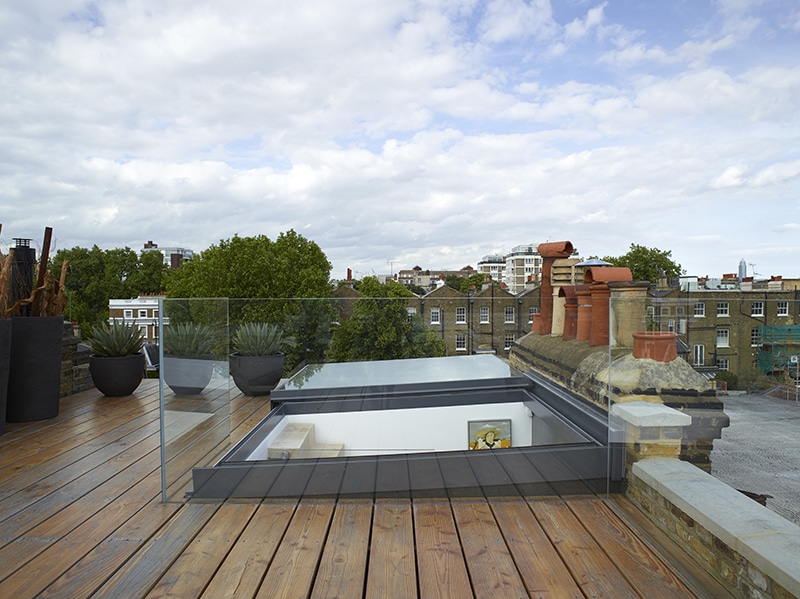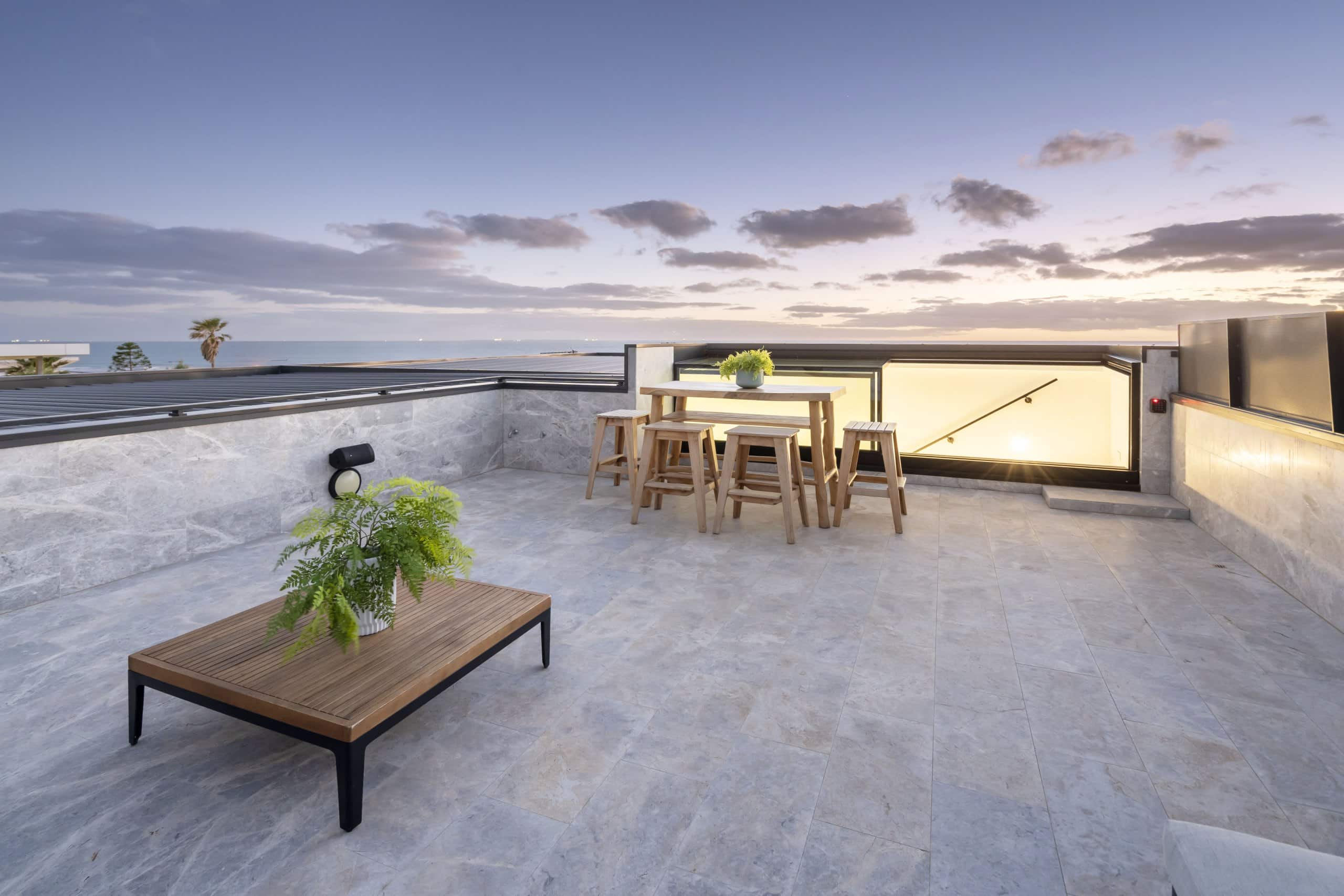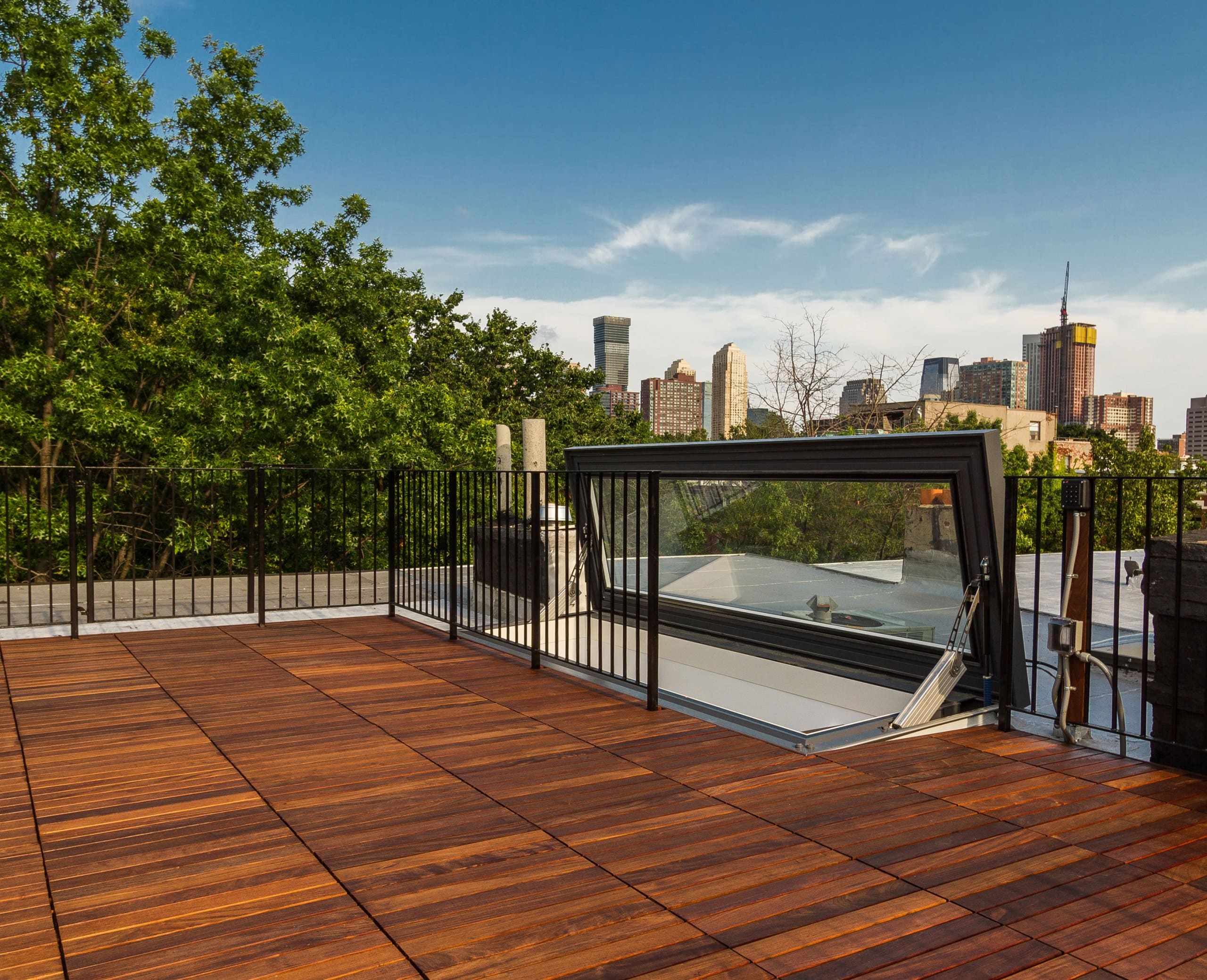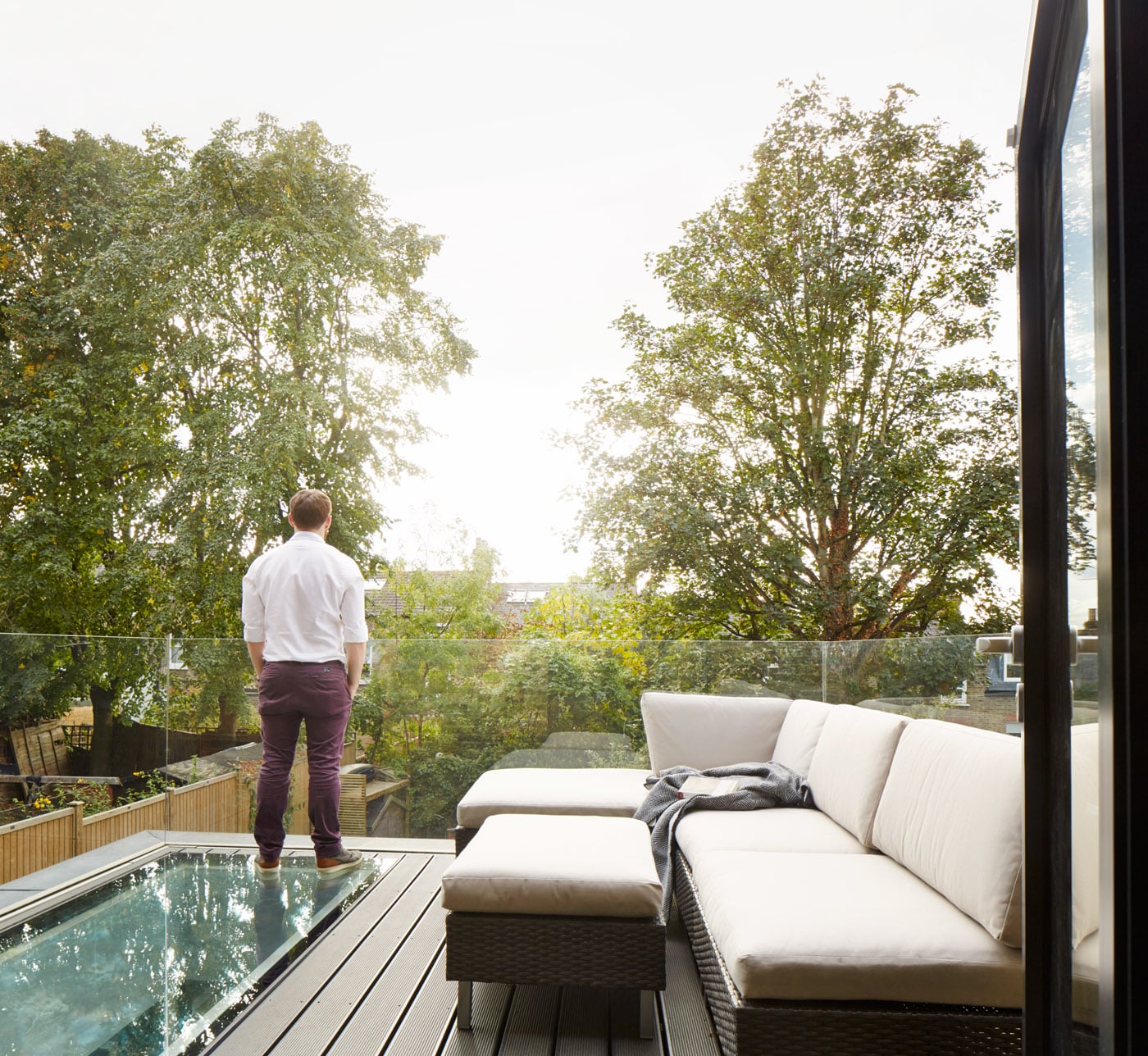Why do we need natural daylight?
The most obvious reason to install a rooflight is to improve natural daylight in your building,
Natural daylight has been proven to have a positive impact on vision, orientation, productivity, alertness and general health and it has been shown to influence social behaviour and cognitive performance.
Exposure to natural daylight at the right time helps us to regulate our circadian rhythms or body clock, which is governed by the Blue spectrum of light. This allows us to be more productive during the day and sleep better at night.
In a poorly lit room a lack of Blue daylight allows the build up of Melatonin in the blood stream, which is a naturally occurring chemical within the body causing drowsiness and is natures way of preparing us for sleep as darkness begins to fall.
Research has shown that naturally occurring Blue light inhibits the secretion of Melatonin, the problem is that most artificial lighting solutions produce only Red/Orange or Green/Yellow light which does not have the same effect, so in poorly or artificially lit rooms one can often feel more sleepy and less productive.

